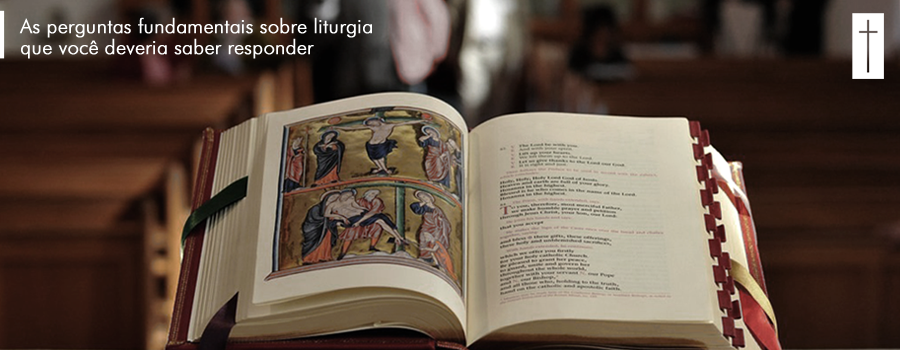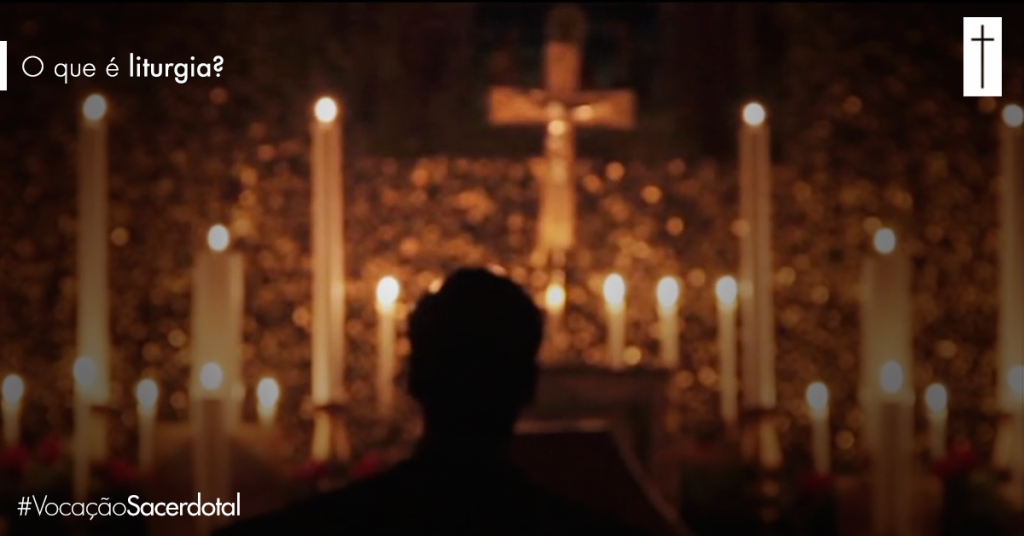Learn how to organize 100% your Sacristy
The sacristy is one of the places within the Church that most needs attention and care because of the sacred value it has. In it are kept the liturgical vestments, the implements, the lectionary and all that will be used in the holy celebrations. This is already a good reason for a clean and organized environment, but the reality is not always like this. That is why we will approach some points that can help in practical aspects for the organization of the sacristy in order to show its importance.
A well-celebrated liturgy begins in the preparation.
The liturgy must be thought and celebrated with all its dignity, a zeal that begins within the sacristy.
The sacristy is not a deposit. The space must be thought and planned in order to carry everything that it needs. Having several cabinets available facilitates the separation, classification and arrangement of liturgical objects according to need of use. Here we recommend the separation of materials according to liturgical times, and, if possible, a closet for ministers only. One tip that can be helpful is to use organizer boxes and labels. Usually these containers contain lids, that protect from insect, rodent or unfavorable climatic conditions such as humidity.
”Another important point to be noted is the safety of the premises, to prevent theft or the profanation of objects.”
It is worth mentioning that well-fitted sacred objects and vestments facilitate even the organization of the Holy Mass and the dress of priests, ministers, altar boys and the whole liturgical team.
Do not make the sacristy a meeting space.
The word sacristy means sacred space. Precisely for this reason it should not be used as a meeting room and not even for parallel conversations. Before the celebration it is important that all those involved in the liturgy know that one should seek to keep the tone of reverence and sobriety as a sign of respect for the place and the liturgical moment that will follow. The Church still orients, through the missal, that keeping silence is necessary “so that all may devoutly and properly prepare themselves to perform the sacred mysteries” (General Instruction on the Roman Missal, 45).
To achieve the desired goal, you can appeal to the visual resource: make small signs with warnings, recommending proper behavior for that environment.
The sacristy is also an area of evangelization
The sacristy is the extension of the sanctuary – House of God. It is in the sacristy that many faithful peopole look for the priest, before or after the Holy Mass, asking for the blessing of objects, the blessing for themselves or for their families. Also there the faithful person must feel involved in the sacred, attesting that, in fact, he is in a place of prayer.
Cleaning cares
Like the church, and its other spaces, it is important to ensure that the sacristy is always clean. Taking care of the ventilation of this environment is also necessary, considering the health of all that circulate in it. Decorate the space with natural flowers demonstrates a local care, in addition the flowers help to maintain a pleasant aroma in the environment.
Set a person to care for the sacristy
Every parish or community should have a person responsible for the sacristy – the sacristan. This is the one who must take care of the organization of the liturgical vestments in the wardrobes, take care of the stock of wafers, wine, candle, incense and all that is necessary in view of the celebrations.
It is also the sacristan who prepares the liturgical books for the Eucharistic Celebration, separates the religious objects and the sacred vestments according to the liturgical calendar. That is, the sacristan is that person essential to maintain the organization of space and ensure the respect that this place deserves. If in your community you can count on someone with this profile, do not hesitate to motivate and invite him to this beautiful service.



